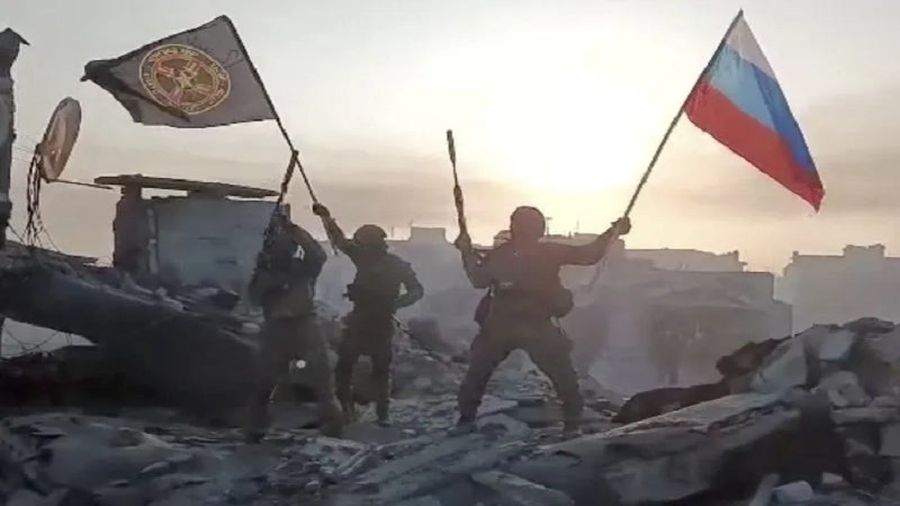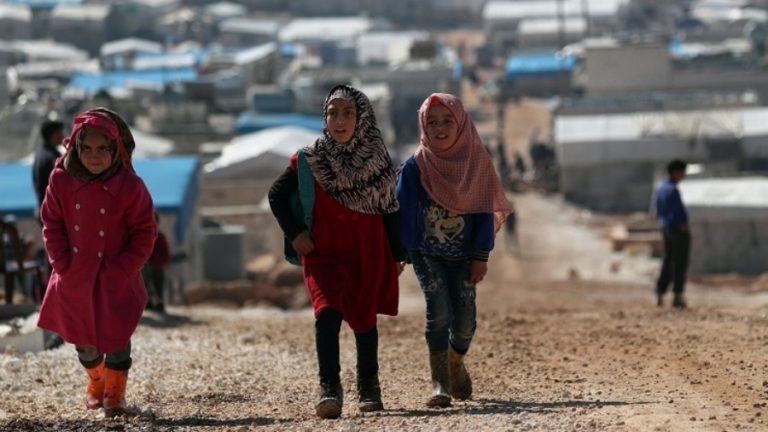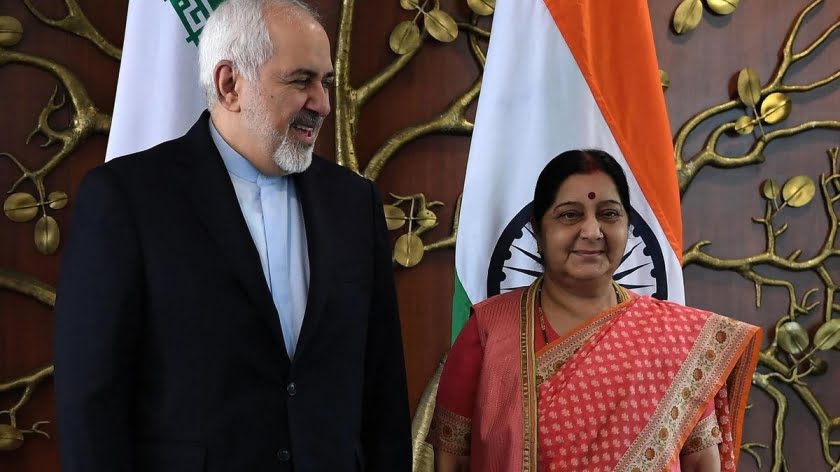What Comes Next After Russia’s Victory in the Battle of Artyomovsk?
This piece will assess the state of affairs as it now exists with the intent of obtaining a better idea about what might come next.
Russia declared victory in the Battle of Artyomovsk on Saturday after 224 days of fighting. Zelensky previously predicted in early March that his opponents might roll through the rest of Donbass if this happened, hence why the Ukrainian leader ordered his forces to fight to the end despite reports that America advised him to withdraw from there as far back as January. This piece will assess the state of affairs as it now exists with the intent of obtaining a better idea about what might come next:
———-
1. Artyomovsk Isn’t A Strategic City In And Of Itself
There’s nothing all that special about Artyomovsk that sets it apart from other similarly sized cities in Donbass, though control of it one way or the other can nevertheless facilitate access to the rest of the region’s more strategic positions.
2. Zelensky Turned Artyomovsk Into Another Mariupol
Instead of pragmatically withdrawing his forces to save lives and buttress much more easily defendable positions elsewhere, Zelensky decided to turn Artyomovsk into another Mariupol for purely political reasons related to bolstering his side’s morale and fueling the anti-Russian information war.
3. Russia Flipped The Tables On Ukraine During This Battle
As the Battle of Artyomovsk dragged on, Zelensky tried justifying his decision not to withdraw on the false basis that he wanted to grind his opponent’s forces and buy time for Kiev’s counteroffensive, yet Russia flipped the tables by grinding down his forces instead and buying time for preparing its own plans.
4. Ukrainian Morale Has Been Tremendously Damaged
Zelensky’s plan to bolster his side’s morale throughout the course of this battle totally backfired after Russia’s victory showed that thousands of Ukrainians literally died for nothing, which could lead to a crisis of confidence with far-reaching implications for this conflict if he doesn’t soon repair this damage.
5. The Defense Ministry-Wagner Group Rift Wasn’t Fatal
Despite concerns that the escalating rivalry between the Defense Ministry and the Wagner Group risked Russia losing the Battle of Artyomovsk, it ultimately didn’t prove fatal and seems to have been quietly managed by President Putin as evidenced by him thanking both of them on Sunday for this victory.
6. Kiev’s NATO-Backed Counteroffensive Is Likely Imminent
Zelensky urgently needs to repair his side’s morale and show his Western patrons’ people that their $165 billion worth of taxpayer-provided military aid was used for something, perhaps even attempting to invade Russia’s pre-2014 territory, which is why Kiev’s NATO-backed counteroffensive is likely imminent.
7. Ukraine Might Be Promised Security Guarantees By July
Kissinger’s proposal for Ukraine to join NATO and Politico’s piece predicting a Korean-like frozen conflict hint at security promises being given to Kiev by the US, UK, and/or Poland during the bloc’s next summit just like the ones the US gave to Finland and Sweden last May or to South Korea after the armistice.
8. A Growing Number Of Parties Are Pushing For A Ceasefire
China, Saudi Arabia, some African countries, and the Vatican are all pushing for a ceasefire, but the prospects of one successfully being mediated (regardless of whoever plays this role) will largely depend on the outcome of Kiev’s upcoming counteroffensive and the next NATO Summit.
9. Perception Management Will Be Pivotal Absent A Breakthrough
Unless NATO-backed Kiev or Russia achieves a military breakthrough by year’s end, then a ceasefire of some sort appears inevitable, thus making their respective perception management efforts pivotal since they’ll have to convince their people that they still won despite not achieving their maximum goals.
10. Conspiracy Theories Are Flourishing On Both Sides
Whether it’s the “5D chess” conspiracy theory claiming that “everything is going according to plan” or the “doom-and-gloom” one telling everyone to “abandon all hope”, both sides’ supporters are bound to come across these false narratives more frequently as the NATO-Russian proxy war enters its next phase.
———-
The observations shared above about the state of affairs in this conflict suggest that it’ll soon intensify upon the onset of Kiev’s NATO-backed counteroffensive but that no breakthrough is likely on either side unless command-and-control and/or logistics collapse. Either of these could happen due to their opponent’s attacks and/or internal intrigue, but neither should be taken for granted. That being the case, a ceasefire along the Line of Contact might seriously begin to be discussed by year’s end.







